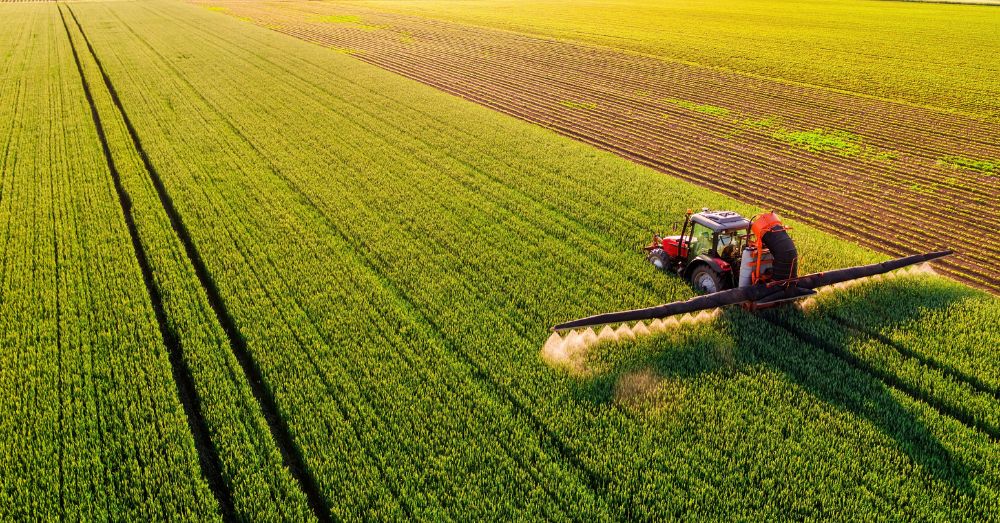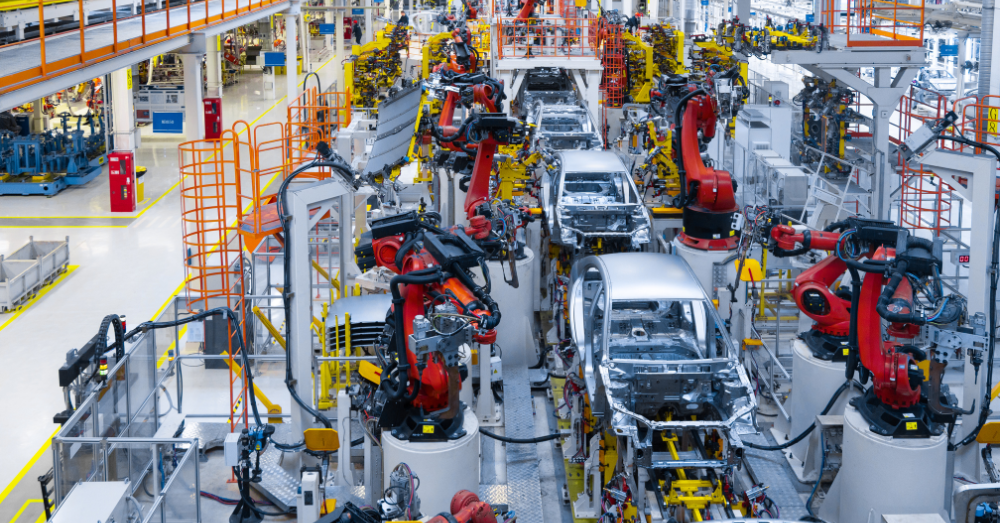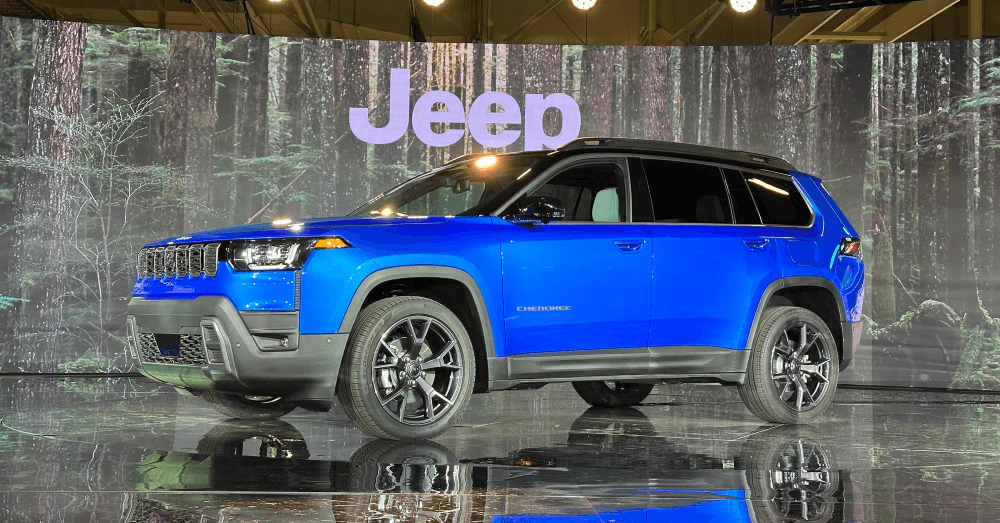How Tractor Manufacturers Can Help Address Labor Shortages
John Deere has already announced plans to speed up its automation of agricultural equipment, and other industry giants may well follow. Find out what to expect in the years and decades to come.
While driverless tractors will not be available at New Holland dealers tomorrow, the technology required to automate farm equipment is improving at record speeds. John Deere has been manufacturing autonomous tractors for several years, with commercial deliveries beginning in 2022.
The equipment manufacturing giant has already announced a collection of new autonomous vehicles for use in agriculture, construction, landscaping, and related industries. They include autonomous tractors, a robotic lawn mower, and a crewless dump truck.
What Does Autonomy Mean in This Context?
There’s some debate over what it takes to consider a vehicle genuinely autonomous, but that debate doesn’t cross over to the agricultural field. According to the chief technology officer, Jahmy Hindman, autonomous means utterly free from human operation or intervention.
The second-generation autonomous tractors are designed for and marketed toward large-scale agricultural operations. They come equipped with 16 cameras for onboard monitoring, meaning that the tractor’s edge AI system does all its planning on the tractor itself.
According to Willy Pell, the CEO of the company that designs John Deere’s machine learning systems, keeping all operations in-house instead of outsourcing to the cloud helps keep the machines safe and reliable.
Why Autonomous Farm Equipment Matters
Not all companies are progressing at the same rate as John Deere. Many automotive manufacturers have tabled automation technology and cut their losses. John Deere is doubling down instead.
The company insists that autonomous heavy equipment could present a way forward by addressing labor shortages and meeting our society’s growing demands for food, housing, and infrastructure.
While John Deere’s first generation of autonomous tractors could only perform fall tillage with a chisel file, which is some of the slowest and easiest work, the second generation will be more versatile. The company aims to fully automate corn and soybean production by 2030.
Along those same lines, the heavy equipment manufacturer announced a second autonomous tractor this year. The second tractor is designed for use with air blast sprayers in nut orchards.
Given that 80% of the world’s almond crop comes from California, where labor shortages are a perennial problem, it’s safe to say that this highly specialized autonomous tractor will make a significant difference in global production.
John Deere Enters the Construction Market
John Deere’s new crewless dump truck, affectionately termed “Dusty,” represents the company’s first foray into construction-specific equipment. The heavy-duty articulated dump truck (ADT) can carry over 92,000 lbs in its front bucket.
The ADT uses the same tech stack as John Deere’s autonomous tractors. However, it also has the ability to dynamically change its routing information to accommodate people and other vehicles on narrow construction site roads.
While Dusty can receive directions through remote operators, it can make unsupervised decisions and operate independently. The same can be said of the equipment manufacturer’s new all-electric autonomous mower.






